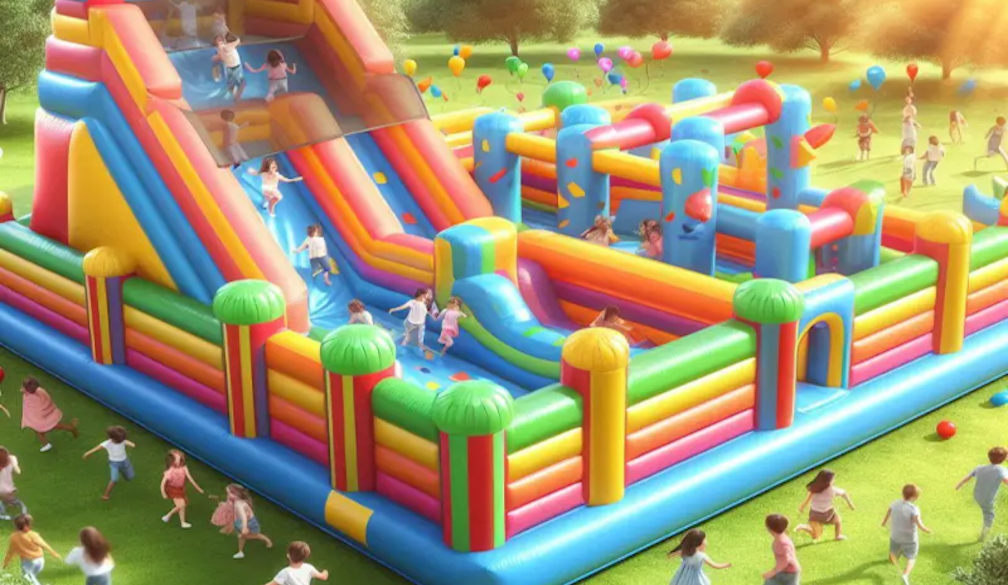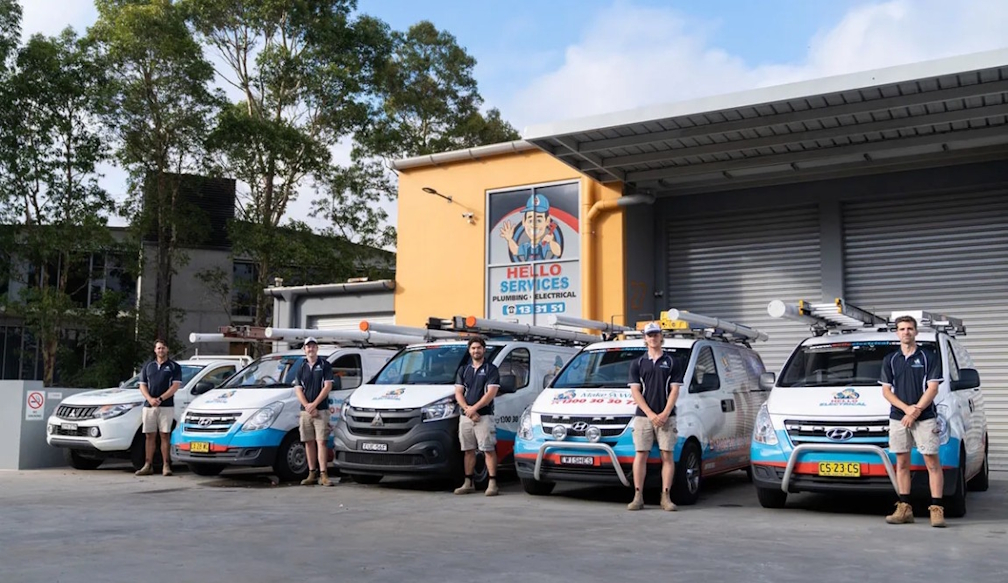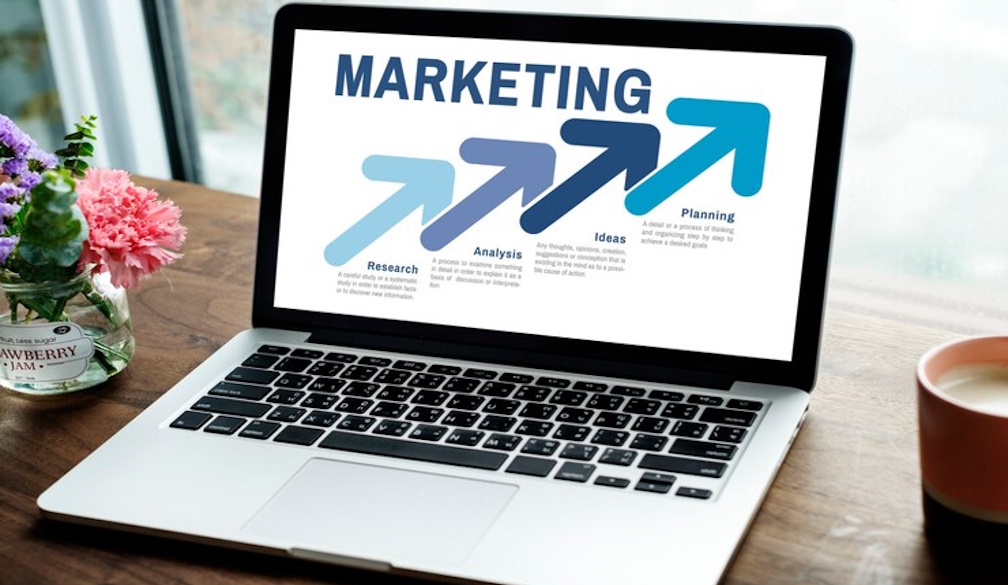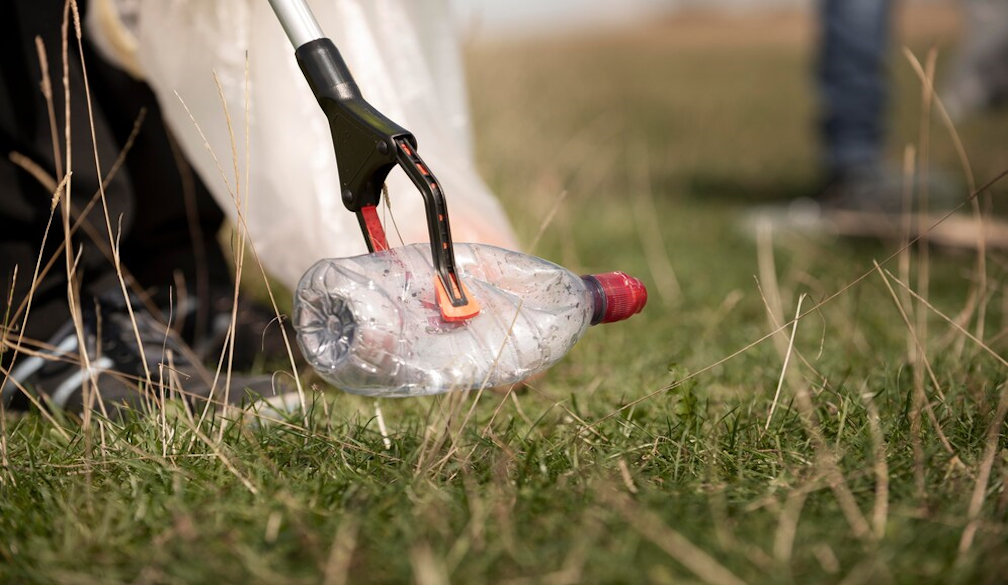Business Plan for a Men to start profitable Jumping Castle and Commercial Water Slide Rental Venture in Australia

Australia’s inflatable hire industry is a proven, resilient niche that aligns neatly with our national love of the outdoors and family-friendly events. For a men’s start-up seeking strong part-time income and lifestyle flexibility, this venture can deliver compelling results—provided the operation is designed around safety, quality, and strict compliance with Australian standards.
The cornerstone recommendation in this plan is to make commercial-grade inflatable water slides the hero product of the fleet. Water slides command premium hire rates, move quickly during the peak heat of spring and summer, and create an unforgettable visual drawcard for families, schools, and corporate organisers alike. When sourced from reputable Australian or locally supported suppliers and maintained to a high standard, these assets offer a durable five-to-ten-year service life, superior risk management, and access to the high-value institutional segment that demands certified equipment and robust public liability insurance.
Behind this cheerful spectacle lies a serious and increasingly lucrative business opportunity. The inflatable hire industry in Australia is expanding at an impressive pace, fuelled by the country’s outdoor lifestyle, year-round calendar of community events, and a growing consumer preference for experiential entertainment. For entrepreneurs seeking part-time income, lifestyle flexibility, and strong seasonal returns, hiring out commercial-grade inflatable water slides and jumping castles represents one of the most accessible and rewarding ventures available.
This plan details the market landscape, target segments, capital requirements, pricing strategy, operations, safety compliance, risk management, and growth pathways. It includes a clear emphasis on the practical realities of building a reliable fleet around commercial-grade water slides: supplier choice, warranty protections, cleaning and drying protocols, storage, logistics, and staff training. By focusing on premium equipment and rigorous systems, the business secures competitive differentiation, higher average booking values, and repeatable weekend revenue within a part-time footprint.
The Australian opportunity
A culture built for outdoor fun
From backyard birthdays to spring fetes and summer sports presentations, Australian communities are wired for outdoor experiences. Inflatable attractions are a natural fit: they’re high-impact, multi-age, and easy to theme for everything from superhero parties to school colour runs. Warm weather and long daylight hours across most of the country from September to March set the stage for a concentrated earning window that rewards strategic scheduling and inventory selection.
Momentum and resilience
The inflatable hire niche has posted healthy growth in recent years, outpacing general leisure categories. The drivers are straightforward: strong family demographics, councils and schools seeking engaging event anchors, and corporates turning to outdoor activation as a low-risk, high-participation option. The category has also proved adaptable—operators can scale capacity weekend by weekend, add casual staff only when needed, and rotate inventory to match demand without the commitment of a permanent venue or long-term leaseholds.
Why this is tailor-made for a part-time operator
Weekend demand is predictable and bookable in advance. The typical hire window is four to eight hours, with setup times of around 15–30 minutes per unit once you’re practiced. A thoughtfully planned Saturday and Sunday can comfortably accommodate multiple deliveries and pick-ups using a light commercial vehicle and dual-axle trailer. Online booking tools and tight operating procedures do the heavy lifting, letting you protect weekdays for other work while still compounding seasonal revenue.
Why commercial-grade water slides should anchor the fleet
The revenue mix that matters
Standard jumping castles are essential to cover family budgets and younger age groups—but water slides deliver the velocity. During hot spells, they book out first, command higher rates, and often draw larger groups, which can translate into add-ons like shade marquees, slushie machines, or a second inflatable for crowd management. If you want premium average order value without increasing delivery runs, water slides are the lever.
-
Water slides typically achieve day-hire pricing that sits well above basic castle rates.
-
The visual height and spectacle of a slide generates organic marketing: neighbours ask, parents share photos, and schools request the “big one” they saw on the weekend.
-
A water slide can serve broader age brackets—primary kids through to early teens—expanding your viable customer base for the same delivery effort.
Commercial grade versus residential: the business case
For business use, “commercial grade” is non-negotiable. The distinction isn’t just about durability; it underpins compliance, insurance acceptance, safety assurance, and institutional access.
-
Materials and construction: commercial units use heavy-duty PVC vinyl, multi-layer reinforcement, serious anchor point engineering, and baffles that maintain structure under constant loading. Residential nylon or thin PVC units simply aren’t built for repetitive hire cycles or high throughput.
-
Service life: a well-maintained commercial water slide can deliver five to ten years of bookings. Residential units struggle beyond one to three years even with gentle use, and many warranties explicitly exclude commercial hire scenarios.
-
Safety upgrades: proper netting, landing pads, splash zones, water flow management, non-slip steps, and compliant blower inlets are engineered features that reduce incidents and protect your brand.
-
Standards alignment: commercial models are designed to meet the requirements of AS 3533.4.1 for inflatable amusement devices—critical when presenting documentation to councils, schools, and corporate risk teams.
The compliance effect on pricing power
Institutional clients habitually ask for certificates of compliance, engineering documentation where applicable, a maintenance log, and a certificate of currency for $20 million Public Liability Insurance. Commercial-grade slides paired with well-kept records are your ticket past procurement gates and into multi-unit bookings. Once you sit on an approved supplier list, your pricing is justified not simply by spectacle, but by assurance. That assurance is what cheap, non-compliant competitors can’t replicate.
The experiential edge
Slides create queues, laughter, and highlight moments that organisers want in their event photos. Where a small backyard castle is often a “nice to have,” a towering slide becomes the focal point—and the justification for premium packages. This is why the fleet should lead with at least two commercial-grade water slides out of an initial four to five units, flanked by a combo castle and, if budget allows, a short obstacle course to diversify appeal.
Australia’s love for outdoor fun
Australia’s climate and social culture make it a perfect environment for the inflatable entertainment industry. From September through March, long days and warm temperatures encourage outdoor gatherings, school events, and sports club celebrations. In many regions—especially Queensland, New South Wales, and Western Australia—the demand for outdoor amusements extends even further into autumn and early winter.
The national appetite for outdoor leisure has only intensified in recent years. Families increasingly prefer hosting private parties at home or in local parks, while councils and community groups seek interactive attractions for public events that don’t require permanent infrastructure. Inflatable water slides and jumping castles satisfy all these requirements: they’re transportable, visually spectacular, and safe when professionally installed.
A growing and resilient market
Industry analysis over the past decade shows the Australian inflatable hire sector experiencing steady annual growth between six and eight per cent—outpacing the broader leisure and events market. Even during economic slowdowns, inflatables remain in demand because they deliver affordable entertainment per headcount compared to other amusements.
Importantly, this growth has been driven not just by family parties but also by the institutional and corporate sectors. Schools, local councils, sports clubs, and businesses have learned that inflatables draw crowds, extend event dwell time, and create lasting impressions.
This diversification of clientele gives operators several distinct income streams:
-
Backyard and family events provide regular weekend bookings.
-
Schools and councils deliver larger contracts with repeat annual schedules.
-
Corporate and sporting functions supply high-value, premium-rate hires that elevate revenue during peak months.
For a small operator, this balance means the business can remain flexible and part-time while still earning professional-grade returns.
Why commercial-grade equipment is the key to success
One of the most decisive factors separating successful operators from short-lived ventures is the choice to invest in commercial-grade inflatables. These units differ dramatically from residential versions sold to consumers.
Commercial-grade inflatables are built from heavy-duty PVC or vinyl, with reinforced stitching, multiple anchor points, and engineered load zones designed to withstand hundreds of uses each season. They comply with Australian Standard AS 3533.4.1, governing the design and operation of land-borne amusement devices, and they’re supported by multi-year warranties that provide essential risk protection.
Residential inflatables, by contrast, are typically made from thin nylon or lightweight PVC, designed for occasional backyard use. They are not covered for hire, and using them commercially can void insurance, breach local safety regulations, and cause serious liability issues.
The durability of commercial-grade inflatables extends their economic life to five or even ten years, allowing the operator to amortise the initial cost across hundreds of hires. This long-term view turns what seems like a significant upfront investment into a sound capital asset that generates income year after year.
The powerhouse product: inflatable water slides
Among all inflatable hire items, water slides occupy a special category. They are the most visually striking, the most requested during Australia’s warm months, and the most profitable per booking. A standard day hire can range from $380 to over $400, and large dual-lane slides or themed mega slides can command much more at public events.
Water slides appeal to a broader demographic than basic jumping castles. They attract older children, teens, and even adults, making them ideal for mixed-age gatherings. They also lend themselves naturally to package deals—such as pairing a slide with a snow-cone machine, splash pool, or obstacle course—to create high-value bundles.
From a marketing perspective, water slides practically sell themselves. The spectacle of a giant inflatable slide towering above a backyard fence draws the attention of neighbours and passers-by, generating free word-of-mouth advertising. Parents share photos and videos on social media, tagging the hire company and amplifying its visibility.
Operationally, slides require a reliable water connection and supervision, but with proper planning these needs are straightforward. Many commercial-grade models are designed for both wet and dry operation, allowing year-round use even when water restrictions or cooler weather apply.
For a new entrant, owning at least two slides—one medium and one large—provides the flexibility to handle both family bookings and large-scale community events.
Jumping castles: the foundation of steady income
If water slides are the stars of the show, jumping castles are the workhorses of the business. They deliver frequent, repeat bookings and build the brand’s reputation in local neighbourhoods. A well-maintained castle will be out most weekends between spring and autumn, generating smaller but highly dependable revenue.
Jumping castles cater primarily to younger children, typically aged two to ten, making them perfect for birthdays, childcare centres, and family days. They also offer broad versatility—available in numerous themes and sizes, from compact backyard models to large combo units with integrated slides, ball pits, or obstacle elements.
Average hire prices for standard castles range from $250 to $300 per session, often with four-hour time slots. While these figures may seem modest compared to water slides, the consistent turnover and low downtime make them essential for maintaining weekly cash flow.
Commercial-grade castles are designed for constant use, featuring strong stitching, enclosed mesh sides for safety, and compliant anchor systems. They also pack down efficiently, allowing an operator to carry several in a single trailer.
By combining high-frequency jumping castle bookings with the premium value of water slides, an operator achieves both stability and scalability. The castles keep weekends full; the slides drive profit margins higher.
Starting the business: capital requirements and setup
Launching a professional inflatable hire business in Australia requires thoughtful capital planning. While it is possible to start small, quality and compliance should always outweigh the temptation to cut costs.
A realistic initial investment for a fleet of three to five commercial-grade inflatables—including two water slides and several castles—typically falls between $12,000 and $50,000, depending on unit size, supplier, and whether the equipment is purchased new or second-hand.
Essential accompanying costs include:
-
Blowers and accessories (hoses, cords, tarps, stakes, sandbags).
-
Public Liability Insurance, ideally at $20 million coverage.
-
Delivery vehicle and trailer capable of handling weights of 80–150 kg per unit.
-
Storage space, preferably a secure, dry facility of at least 80 square metres.
-
Business registration, safety documentation, and booking software.
While these figures represent a serious investment, the return potential is strong. During peak months, a four-unit fleet averaging two hires per week per unit can generate around $2,000 weekly in gross revenue. Over a six-month season, that translates to approximately $50,000 or more before expenses, with the equipment still holding significant residual value for future seasons.
Safety, compliance, and insurance
Operating inflatables is not merely a matter of setup and collection. Australian safety legislation treats these devices as amusement rides, and rightly so—they must be anchored, inspected, and supervised properly.
AS 3533.4.1:2018 outlines the specific requirements for land-borne inflatable devices. Compliance involves:
-
Adequate anchoring and ballast according to manufacturer specifications.
-
Electrical safety through RCD-protected leads and certified blowers.
-
Clear signage and operational manuals for each unit.
-
Safe zones and protective barriers to prevent falls or collisions.
-
Regular inspection and maintenance by a competent person.
Insurance is another cornerstone. Public Liability Insurance covering at least $20 million is mandatory for council events and most corporate sites. Many local governments require a current certificate of currency before granting event permits. Comprehensive policies should also cover damage, theft, and transit risks.
By operating transparently and professionally under these standards, a hire company not only safeguards itself but also wins the trust of clients who demand assurance before booking.
The art of maintenance and presentation
One of the simplest but most powerful differentiators in this industry is how an operator maintains their equipment. Clean, bright, and well-kept inflatables signal reliability and professionalism, while faded, dirty units raise doubts about safety.
After every hire, inflatables must be fully inflated, cleaned with mild soap or non-toxic disinfectant, rinsed, and thoroughly dried before folding. Any moisture left inside folds can lead to mildew, odour, and material degradation that voids warranties.
Commercial-grade inflatables are designed for easy maintenance: detachable components, replaceable panels, and reinforced seams make routine care straightforward. The investment of time in proper cleaning protects tens of thousands of dollars in capital assets and preserves brand reputation.
Operators should also maintain detailed maintenance logs, inspection records, and photographic evidence of the condition of each unit. These records not only support warranty claims but also demonstrate due diligence if an incident ever arises.
Logistics and efficiency
Logistics can make or break profitability. Efficient route planning, quick setup and pack-down routines, and disciplined scheduling determine how many jobs an operator can complete each weekend.
A commercial-grade castle typically takes 15–30 minutes to install, while a large water slide may take slightly longer due to its size and water connections. Having the right equipment—trolleys, loading ramps, and winches—allows one or two people to manage operations safely without strain.
Modern operators often rely on integrated booking systems that manage availability, send automated confirmation emails and SMS updates, and even generate maps for delivery routes. These systems reduce administrative time and customer confusion, freeing up the operator to focus on safety and service.
Marketing and brand building
The inflatable hire business thrives on visibility and trust. A well-presented brand, even for a small operator, can appear professional and reliable from day one.
Digital presence is essential. A clear, mobile-friendly website with accurate photos, transparent pricing, and online booking functionality builds confidence. Search engine optimisation and Google Business listings ensure the company appears when locals search for “jumping castle hire” or “water slide rental near me.”
Social media—particularly Facebook, Instagram, and local community groups—is invaluable for showcasing weekend setups, client testimonials, and promotional offers. Posting vibrant photos of happy families and school events creates emotional engagement that drives bookings.
Offline, operators can build strong relationships with schools, childcare centres, and sports clubs by sponsoring local events or offering small discounts for charity functions. These partnerships foster repeat annual business and referrals.
A polished appearance on site—uniform shirts, clear safety signage, punctual arrivals, and friendly communication—transforms a simple delivery into a marketing moment. Every event becomes a live advertisement for the next.
Understanding seasonality
Australia’s inflatable hire market follows a pronounced seasonal rhythm. The period between September and March represents the high-income window, dominated by school fetes, holiday parties, and summer heat that drives water slide demand.
The cooler months of April to August typically bring fewer bookings, but this downtime is far from wasted. It provides opportunities for maintenance, marketing updates, and strategic planning for the next season. Operators can also explore off-season niches such as indoor jumping castle setups for community centres or shopping centres, maintaining some revenue continuity.
By aligning marketing spend and operational energy with the natural seasonal cycle, operators avoid burnout and ensure maximum profitability when demand peaks.
Balancing wet and dry hire models
Inflatable equipment can be hired either as wet hire (where the operator remains to supervise) or dry hire (where the client takes responsibility). Each model offers distinct advantages.
-
Wet hire delivers full safety control and premium pricing, ideal for public events or large crowds. It requires staffing and higher insurance but ensures brand protection.
-
Dry hire suits small private parties. The operator provides clear setup instructions and safety guidelines, reducing labour requirements.
Most successful businesses combine both models—keeping slides under wet hire for safety and risk management while allowing dry hire for standard jumping castles. This approach balances efficiency with control.
Financial management and profitability
The inflatable hire industry’s economics are remarkably strong once initial capital is in place. Variable costs are low, consisting mainly of fuel, cleaning supplies, and maintenance materials. Fixed costs—insurance, storage, and marketing—remain manageable with steady turnover.
A four-unit fleet can conservatively generate $50,000–$60,000 in gross income per peak season, with net profit margins ranging from 40% to 60%, depending on how much labour is outsourced. Adding a second delivery team or expanding to six or seven units allows the operator to scale organically without large overheads.
Because the business is asset-based, inflatables also retain resale value. Well-maintained commercial units can be sold after several seasons for a substantial proportion of their original cost, reducing long-term risk.
The role of reputation and customer service
Inflatable hire is a localised, reputation-driven industry. Most bookings come from word-of-mouth and repeat customers. Providing exceptional service—clean units, punctual delivery, professional communication—creates loyalty that advertising alone cannot buy.
Small gestures make a big impact: confirming weather plans the day before, offering flexible rescheduling, and following up after the event with a thank-you message. These actions turn first-time customers into long-term advocates.
Negative experiences, on the other hand, travel quickly online. That’s why investing in reliability—through quality equipment and staff training—is as important as any marketing campaign.
Growth and diversification opportunities
Once the core operation is stable, there are several ways to expand:
-
Fleet expansion: adding more water slides or themed castles increases weekend capacity.
-
Corporate packages: combining inflatables with catering or entertainment partners for larger events.
-
Franchise or multi-location model: establishing operations in neighbouring regions under the same brand.
-
Event management services: coordinating full packages for schools and councils, positioning the business as a one-stop event provider.
Each path benefits from the credibility built through compliance and customer trust. A well-run, safety-focused operation can grow quickly through referrals alone.
Sustainability and community responsibility
As awareness of environmental responsibility increases, inflatable operators can demonstrate leadership through small, practical measures. Using water-efficient slide designs, promoting recirculating pump systems, and choosing eco-friendly cleaning products all show respect for community expectations.
By supporting local events, sponsoring school fundraisers, and providing discounted hires for not-for-profit organisations, operators also build goodwill that strengthens long-term relationships. In an industry built on joy and celebration, community engagement is not just marketing—it’s brand identity.
Challenges to anticipate
Like any small business, inflatable hire has its challenges. Weather can disrupt schedules, storage space can become limiting as the fleet grows, and physical labour can be demanding during busy weekends. Compliance paperwork, insurance renewals, and council permit processes also require attention.
However, these challenges are manageable with preparation and professional systems. Weather policies with clear rescheduling terms, ergonomic handling equipment, and online management tools all help maintain smooth operations. The rewards—financial independence, flexibility, and community engagement—far outweigh the logistical hurdles.
Australia’s most accessible and enjoyable small-business opportunity
Hiring out commercial-grade inflatable water slides and jumping castles offers one of Australia’s most accessible and enjoyable small-business opportunities. The combination of high seasonal demand, low ongoing costs, and community-centred operation makes it particularly appealing to men seeking part-time or family-run ventures.
Success hinges on a few key principles:
-
Invest in commercial-grade equipment that meets safety standards and carries multi-year warranties.
-
Prioritise water slides as the premium drawcard while maintaining a solid base of versatile jumping castles.
-
Operate under full compliance with AS 3533.4.1 and carry $20 million Public Liability Insurance.
-
Build a brand known for cleanliness, reliability, and outstanding service.
With these foundations, an operator can expect consistent weekend revenue, excellent return on investment, and a growing reputation within the local events scene.
Strategic Reflections
The inflatable hire business represents more than an income stream—it’s an opportunity to create moments of joy for families and communities while enjoying a flexible, rewarding lifestyle. By centring the business on commercial-grade water slides and supporting it with durable jumping castles, an entrepreneur positions themselves at the premium end of a thriving market.
Every successful hire reinforces the brand, builds goodwill, and expands word-of-mouth reach. With discipline, attention to detail, and a passion for customer happiness, a men’s inflatable hire business in Australia can turn sunny weekends into lasting prosperity—one jump and one splash at a time.








